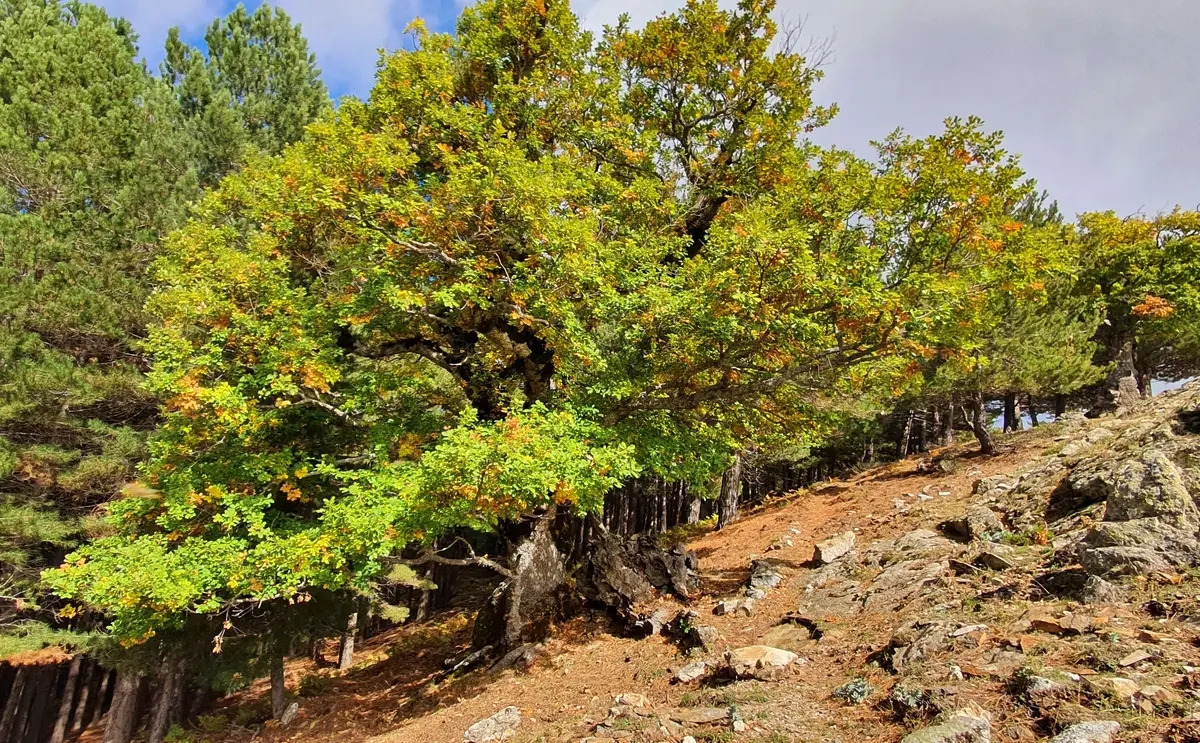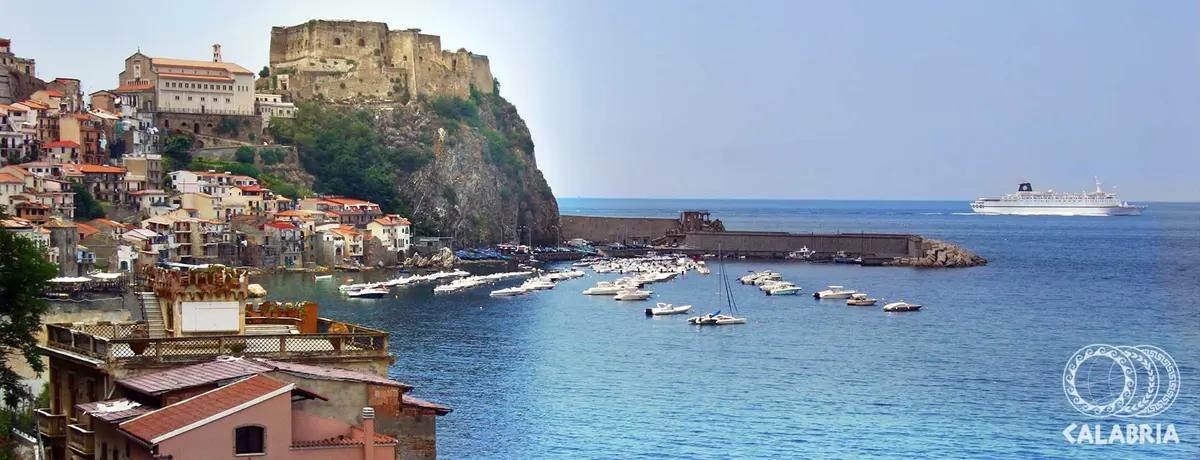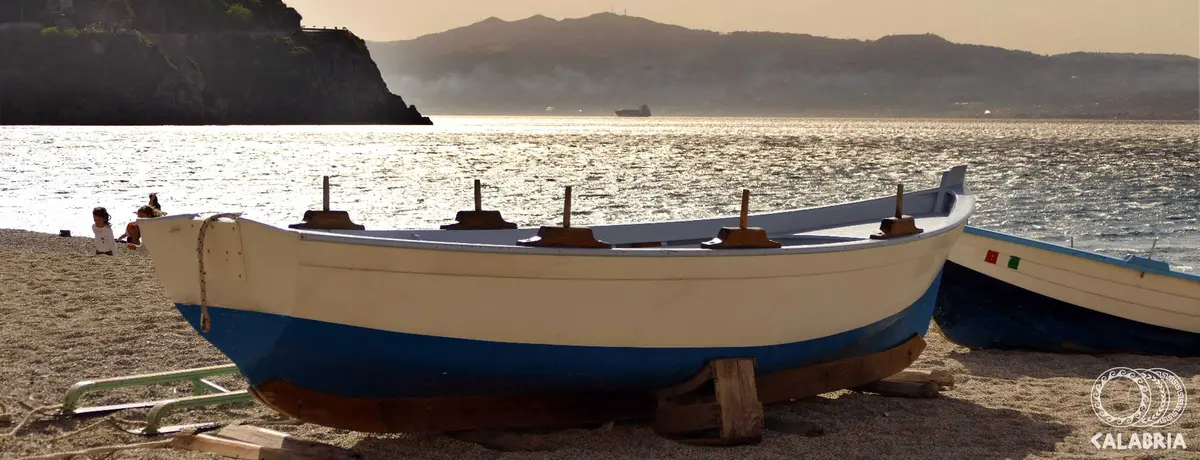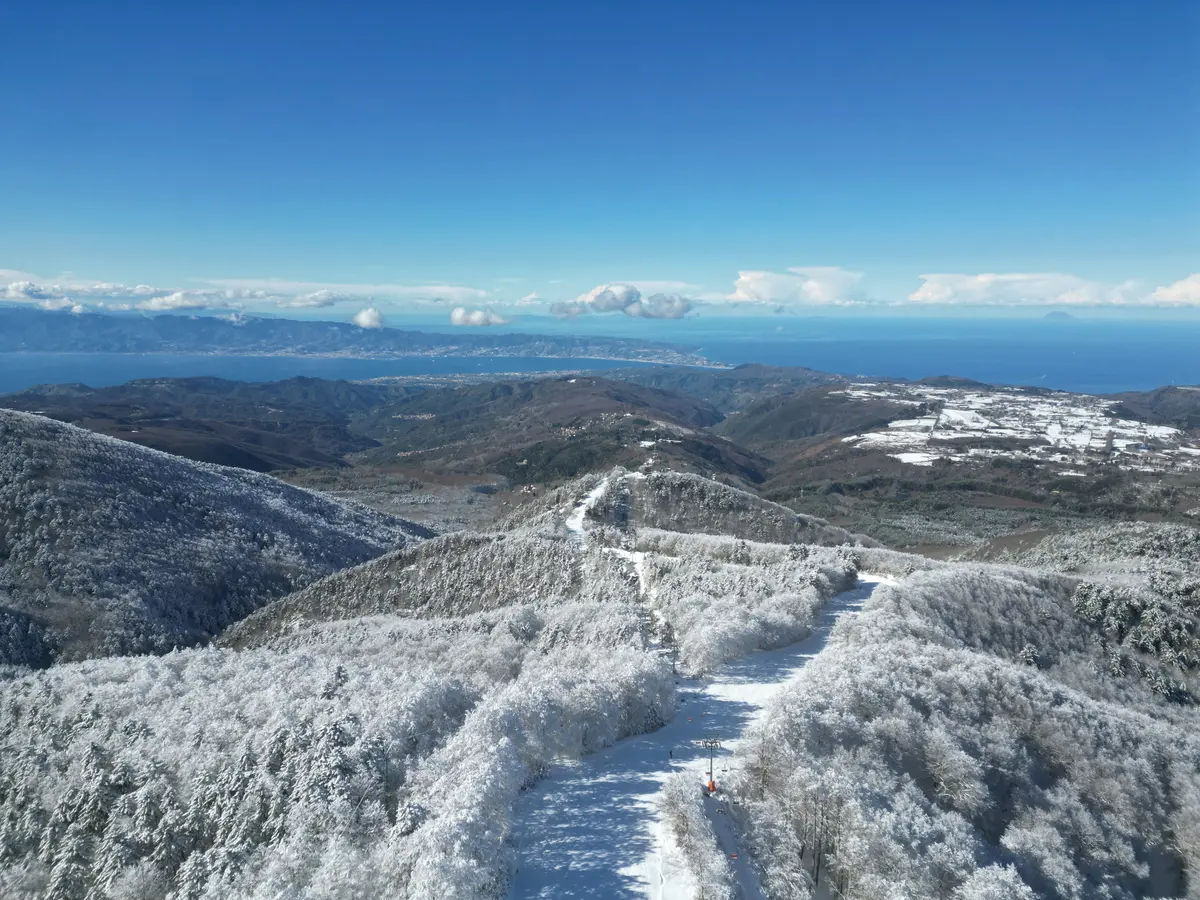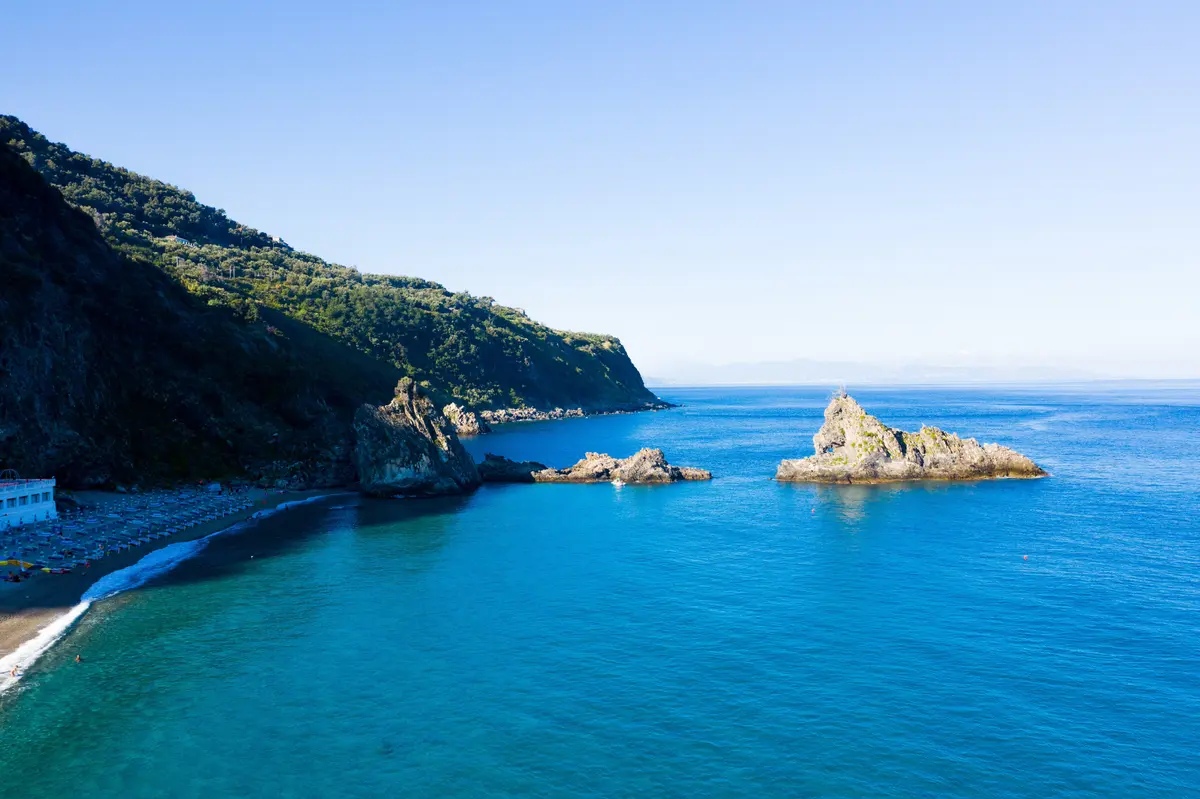Scilla
Beauty and myth of the terrible Scylla
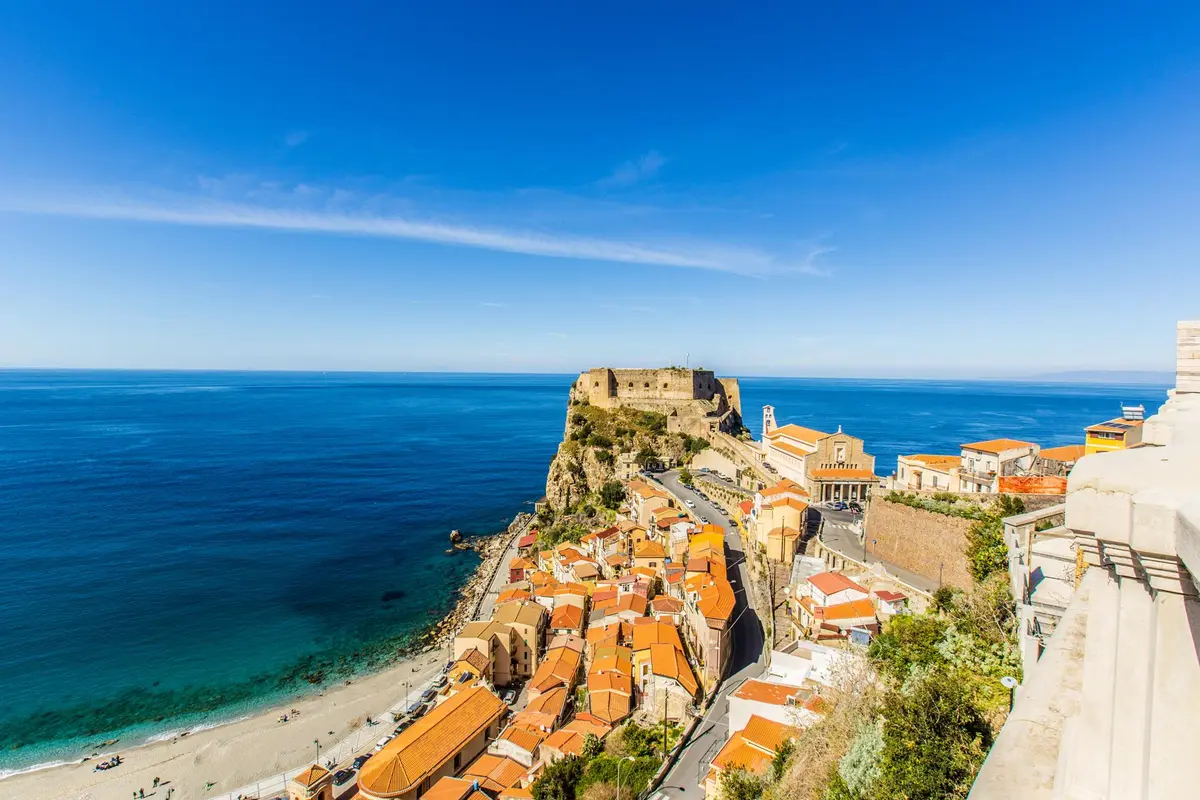
Sea
Regione Calabria
Did you know that in Calabria there is a fishing village called "Little Venice"? It is Chianalea di Scilla, a stone's throw from Reggio Calabria, along the beautiful Costa Viola.
Chianalea is the fishing district of the municipality of Scilla, a locality also known for its beautiful Ruffo Castle and the sea. Chianalea di Scilla is one of the most romantic seaside villages in Tyrrhenian Calabria, characterised by the presence of canals separating the fishermen's dwellings and for the typical restaurants serving the renowned swordfish of Scilla, built on wooden platforms immersed in the water.
Chianalea rejoins the town of Scilla through the passage leading to Marina Grande, the town's main beach, on which bathing establishments, bars and long stretches of freely accessible sandy shore alternate.
One of the most famous views of Scilla and the whole of Calabria can be enjoyed from this beach: the Ruffo Castle seen from below, which stands imposingly on its cliff, guarding against the ancient Saracen raids, incorporating the present-day Scilla Lighthouse.
A veritable terrace overlooking the sea, Scilla offers a view from above over the village of Chianalea and scenery as far as Sicily and the Aeolian Islands. At the centre of the Belvedere in Piazza San Rocco stands the Statue of Scylla, the work of Reggio Calabria sculptor Francesco Triglia.
The sea at Scilla? Near Marina Grande the beach of Punta Pacì is perfect for scuba diving and snorkelling. For those in search of relaxation, we recommend Cala delle Rondini and Spiaggia delle Sirene.
No result

